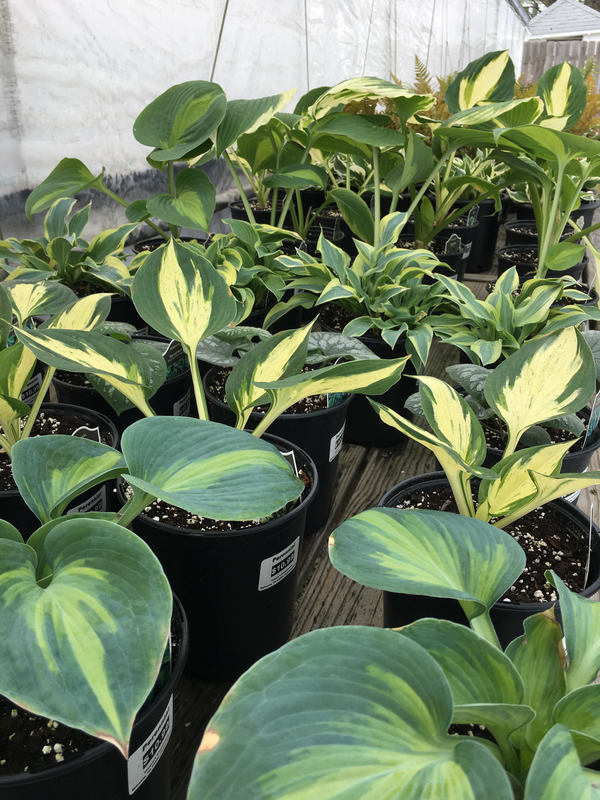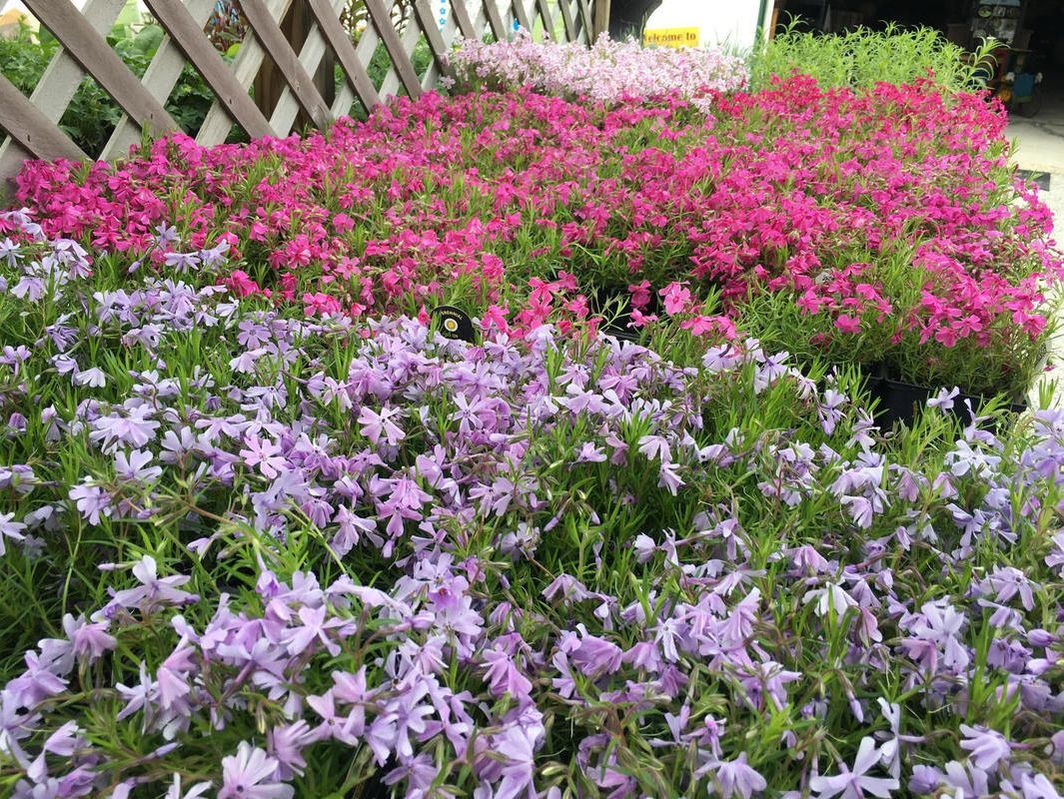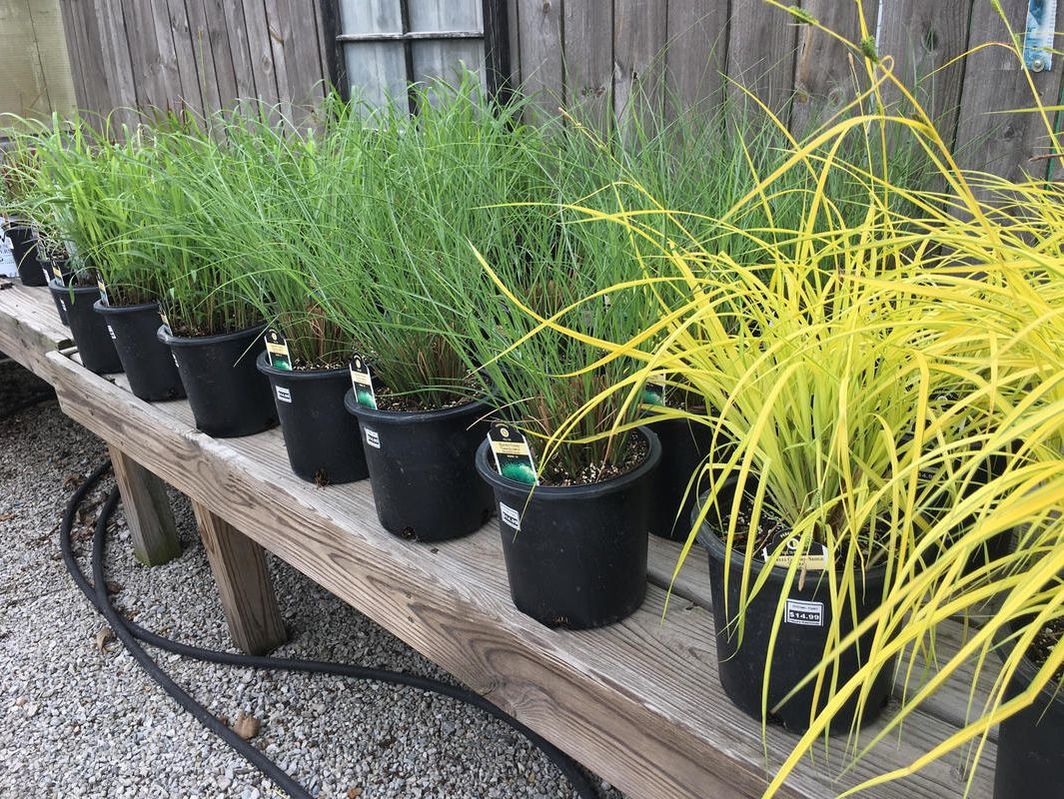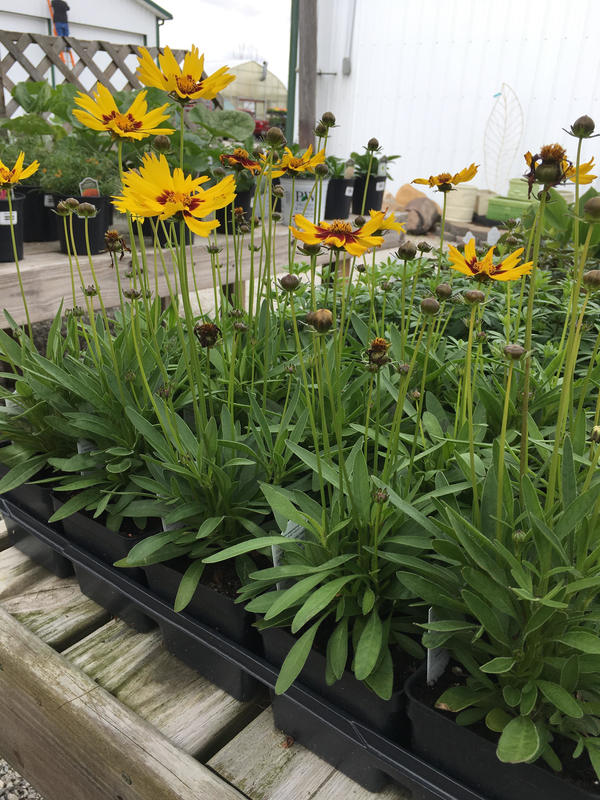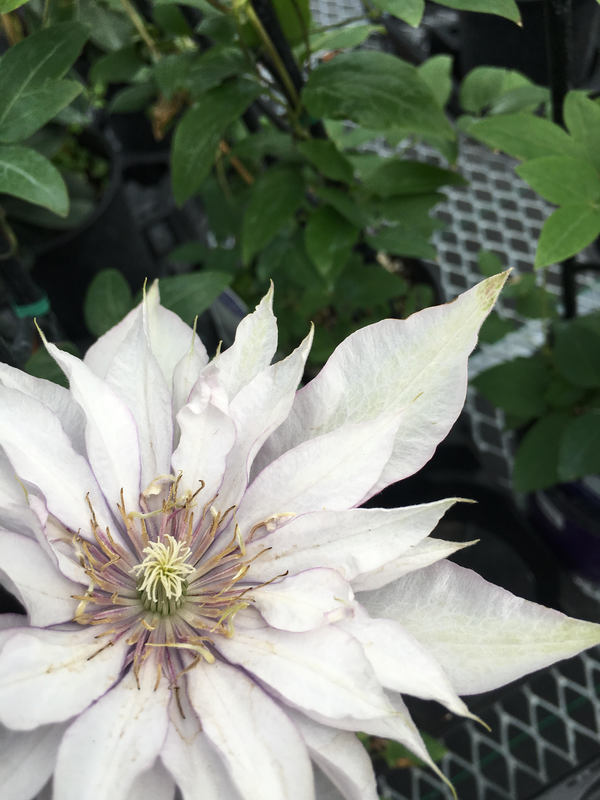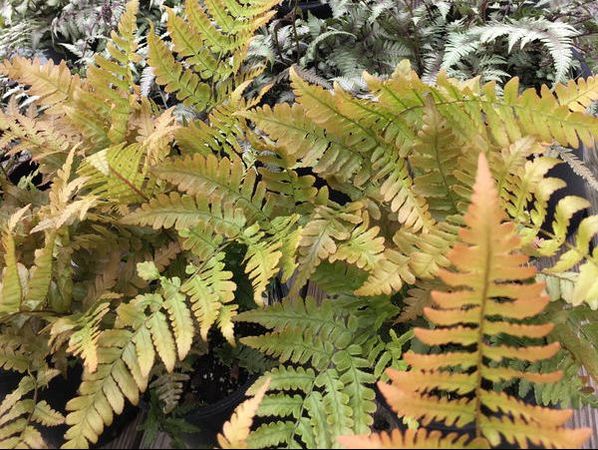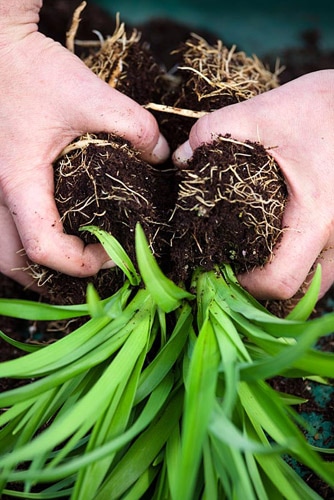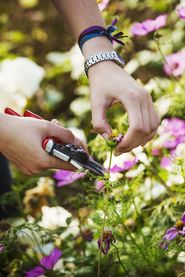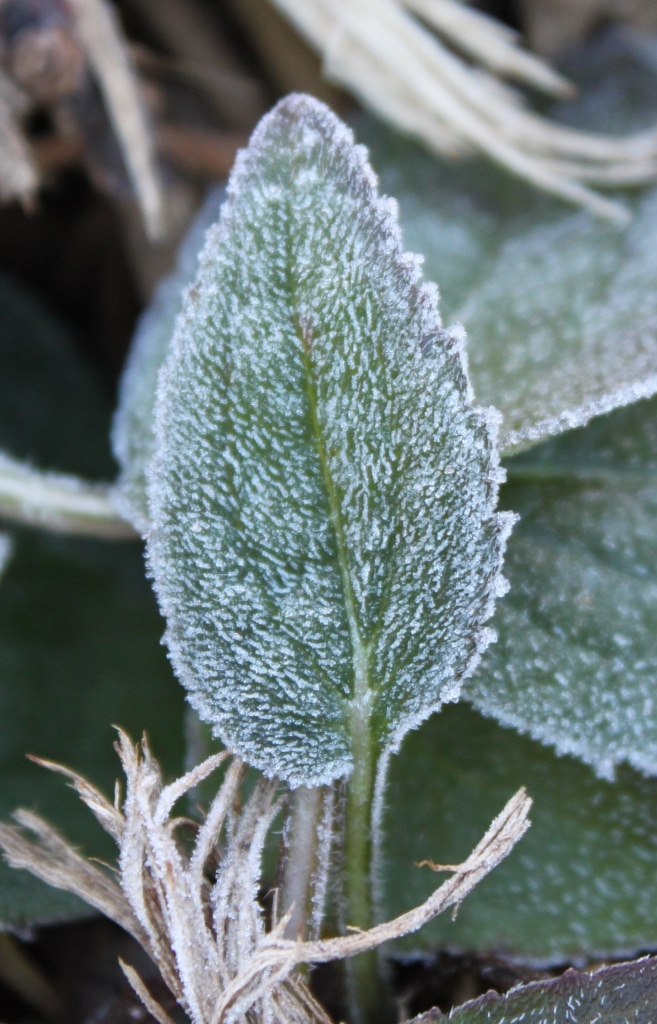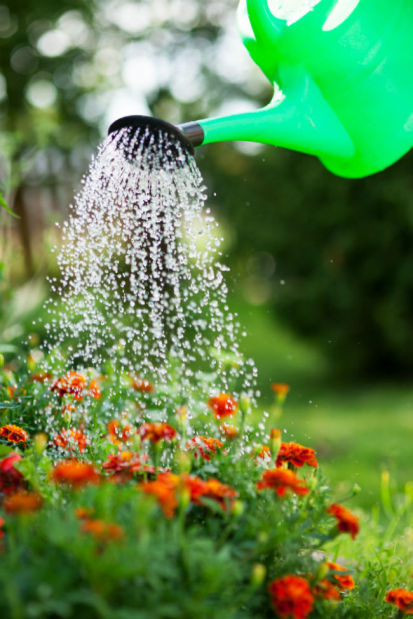PERENNIALS |
PERENNIALS
While you enjoy your perennials for their fantastic foliage or beautiful blooms, it is really the roots you're buying -- because the roots allow the plants to come back every year. Use these tips to make sure your perennials get off to the right start.
Care Information: Perennials
Container-grown perennials are easy to plant and commonly available. Start by digging a hole that's a little wider but no deeper than the pot your new perennial came in. Loosen the roots and spread them out if the plant has become rootbound (when the roots start to grow in circles around the edge of the pot). Then firm the soil in around the roots and water well.
DIVIDING: |
WINTER: |
SOIL & WATER: |


